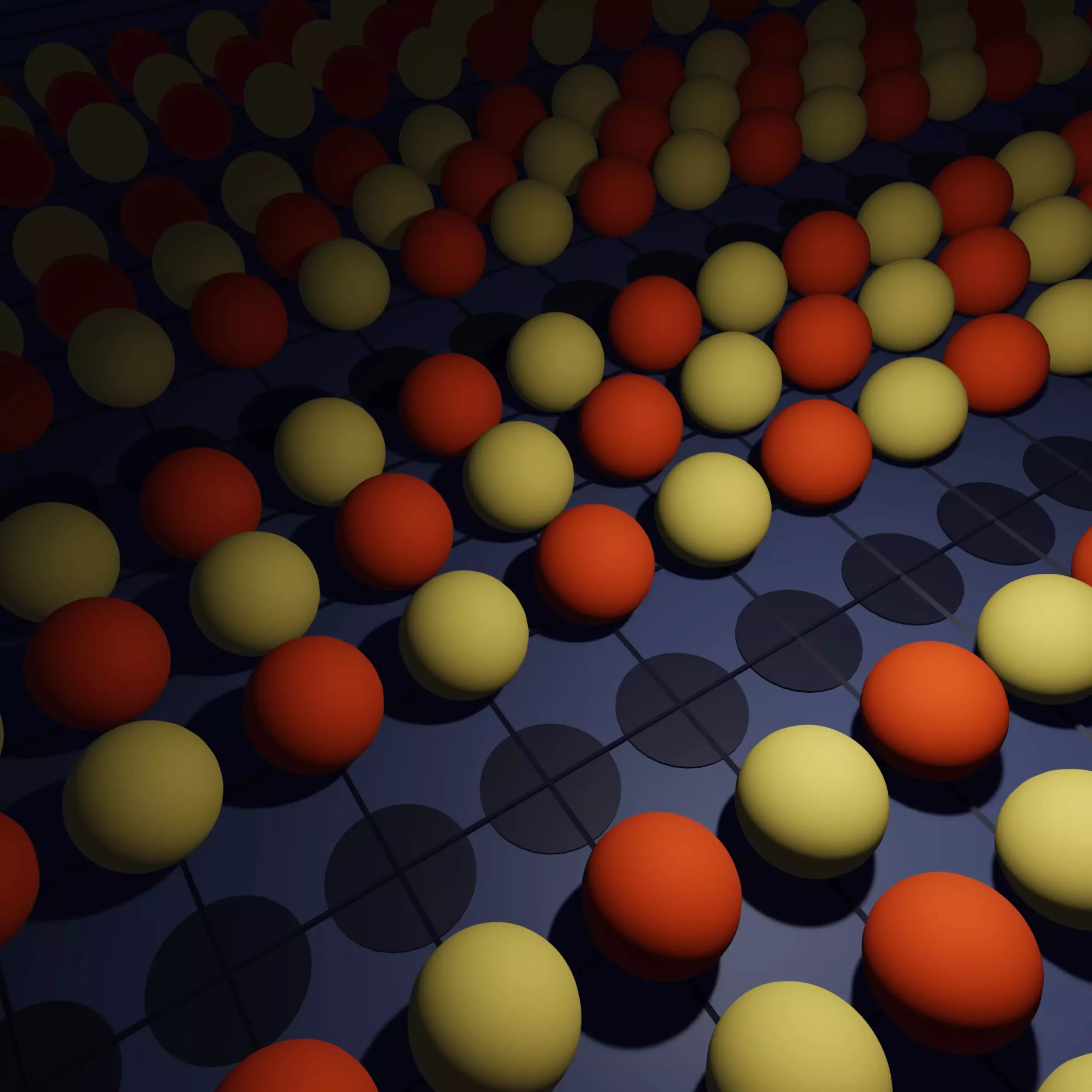The intricacies of superconductivity have perplexed scientists for decades, particularly the phenomenon known as the “pseudogap.” This enigmatic state, often encountered in high-temperature superconductors, presents significant challenges for researchers striving to unlock the secrets of superconductive materials and pursue the ultimate goal of achieving room-temperature superconductivity. Recent advancements utilizing computational techniques represent a pivotal shift in understanding the pseudogap and its implications in the grand project of condensed matter physics.
Superconductivity is characterized by the remarkable ability of certain materials to allow electric current to flow without resistance, which could revolutionize various technological domains including energy transmission, medical imaging, and transportation. Current high-temperature superconductors, primarily based on copper and oxygen compounds, exhibit this property at temperatures still significantly below freezing, around -140 °C. However, when these materials are exposed to temperatures beyond this threshold, the systems transition into the pseudogap state, exhibiting mixed behavior; acting as normal metals at times and as semiconductors at others. This duality complicates the quest to fully understand and eventually exploit superconducting materials.
A critical element in the inquiry of the pseudogap lies in deciphering its formation, persistence, and how it transforms as temperature decreases. Experts in quantum physics have utilized computational methods to model electron behavior in these unique materials, yet these simulations face daunting challenges due to quantum entanglement—a phenomenon where particles become correlated to such an extent that they cannot be individually analyzed. As the number of electrons increases, the complexity escalates to the point where traditional computational techniques become infeasible.
To tackle these issues, researchers often turn to simplified models like the Hubbard model, a theoretical framework established in the 1960s that visualizes electron interactions on a grid-like structure akin to a chessboard. This approach allows scientists to apply various computational techniques, each suited to specific temperature ranges, but often falling short in the intermediate zones, where the pseudogap resides.
The breakthrough stemmed from the application of an innovative computational method known as diagrammatic Monte Carlo. Originally detailed in the late 1990s and refined in 2017, this technique differs from conventional quantum Monte Carlo methods by considering interactions across the entire model simultaneously instead of piecemeal. The implications of this approach are profound; it empowers researchers to simulate an extensive range of particle interactions efficiently, bypassing some of the limitations imposed by previous methodologies.
Utilizing diagrammatic Monte Carlo, scientists explored the behavior of pseudogap materials as they approached absolute zero. Previous research had signaled that cooling these materials could either evoke superconductivity or lead to the formation of “stripes.” These stripes refer to electron arrangements where aligned spins are interspersed with gaps. The delicate balance hinged on the number of electrons present and their arrangement within the Hubbard model framework.
Intriguingly, the findings confirmed that as pseudogap materials cool, they indeed evolve into a stripe state. A deeper exploration revealed that the emergence of a checkerboard pattern within electron arrangements marks the transition into the pseudogap phase. The discoveries not only elucidate how the pseudogap materializes but also illuminate the conditions under which it can transition to superconductivity—an essential outcome for advancing the field.
Moreover, these revelations feed into a larger paradigm shift in scientific understanding, highlighting the collaborative effort within the physics community to unify various computational models and theories for deciphering complexities in condensed matter physics. As researchers begin to unravel the pseudogap, emerging insights could enhance approaches previously thought incompatible.
The significance of this study extends beyond the confines of superconductivity research; it bridges theoretical insights with practical applications, including ultracold quantum gas experiments. By cooling atoms to temperatures near absolute zero and trapping them in lattice-like structures, researchers can experiment with conditions resembling those where the pseudogap forms. This unified approach could catalyze further breakthroughs in quantum optics and condensed matter studies.
Ultimately, as the fog surrounding the intricacies of the pseudogap dissipates, it allows us to glimpse a more intricate landscape of superconductive characteristics. The discoveries outlined in this research signal enthusiastic prospects for the evolving field of quantum physics and offer hope for the realization of room-temperature superconductors. As scientists uncover the mechanisms that dictate these fascinating materials, the potential benefits for technology, energy efficiency, and beyond become tantalizingly within reach.


Leave a Reply